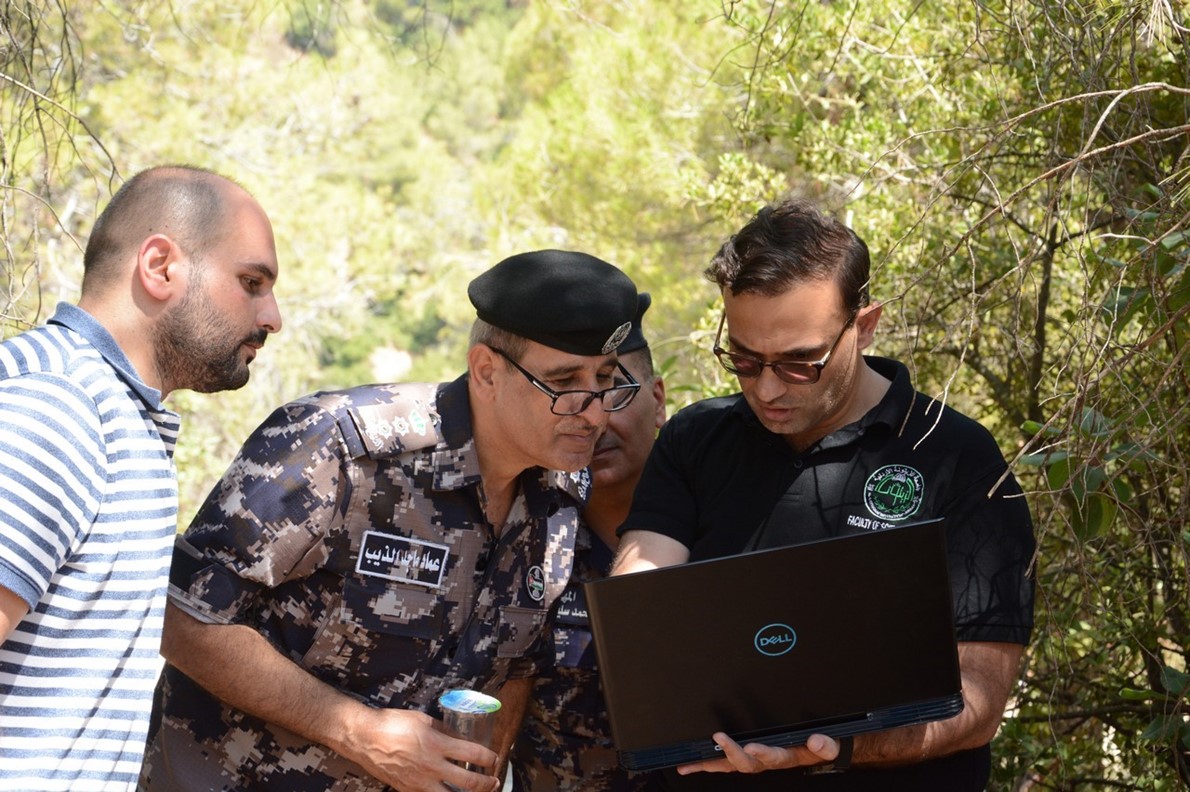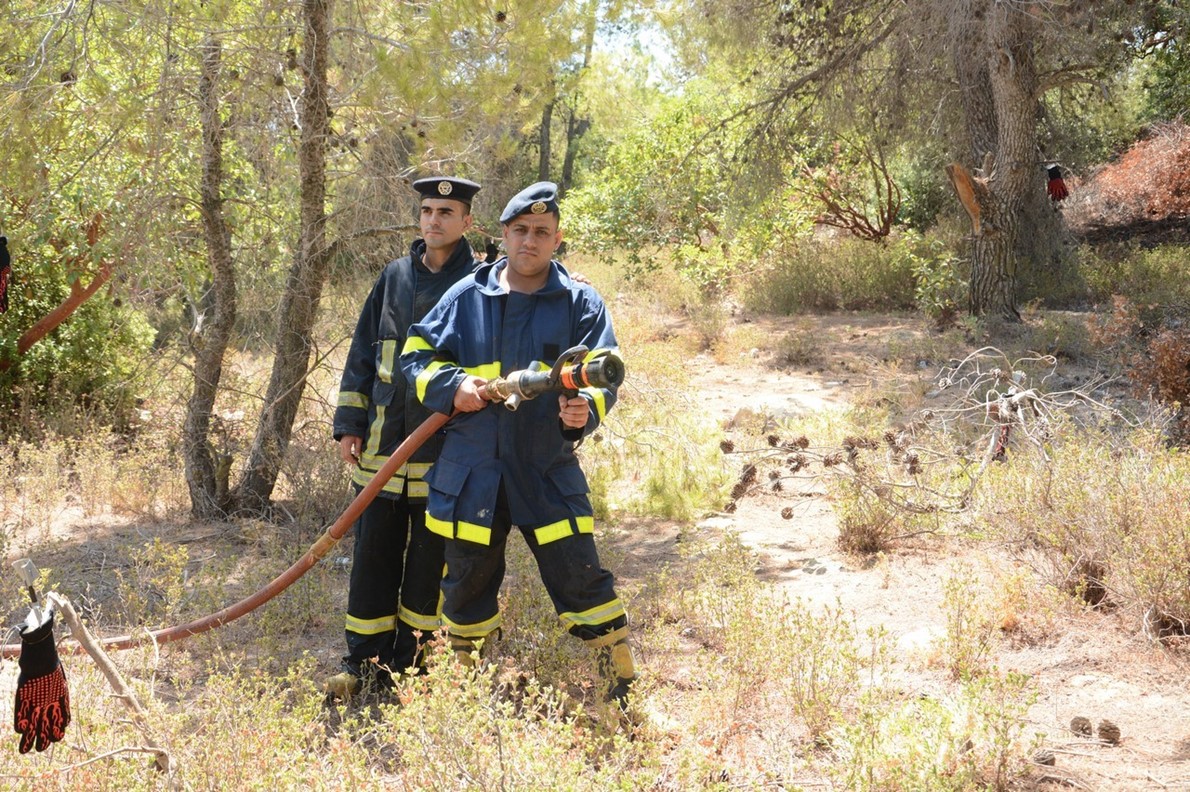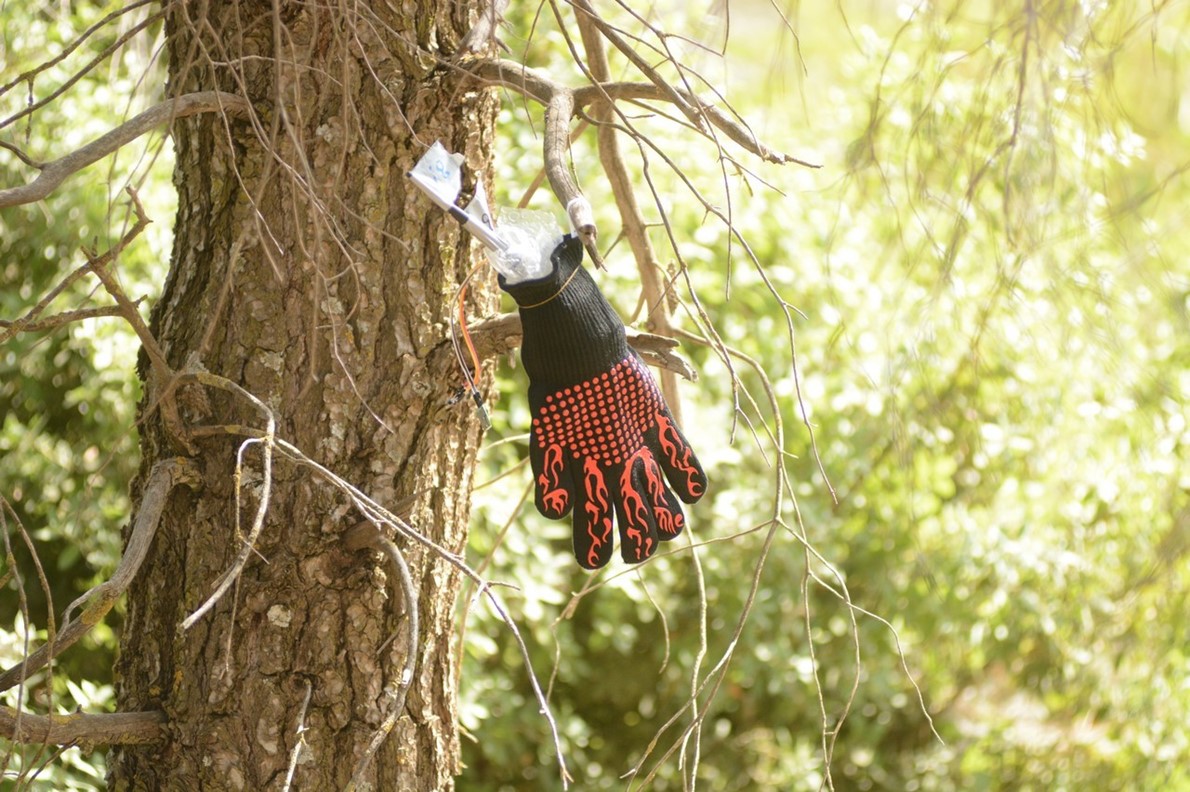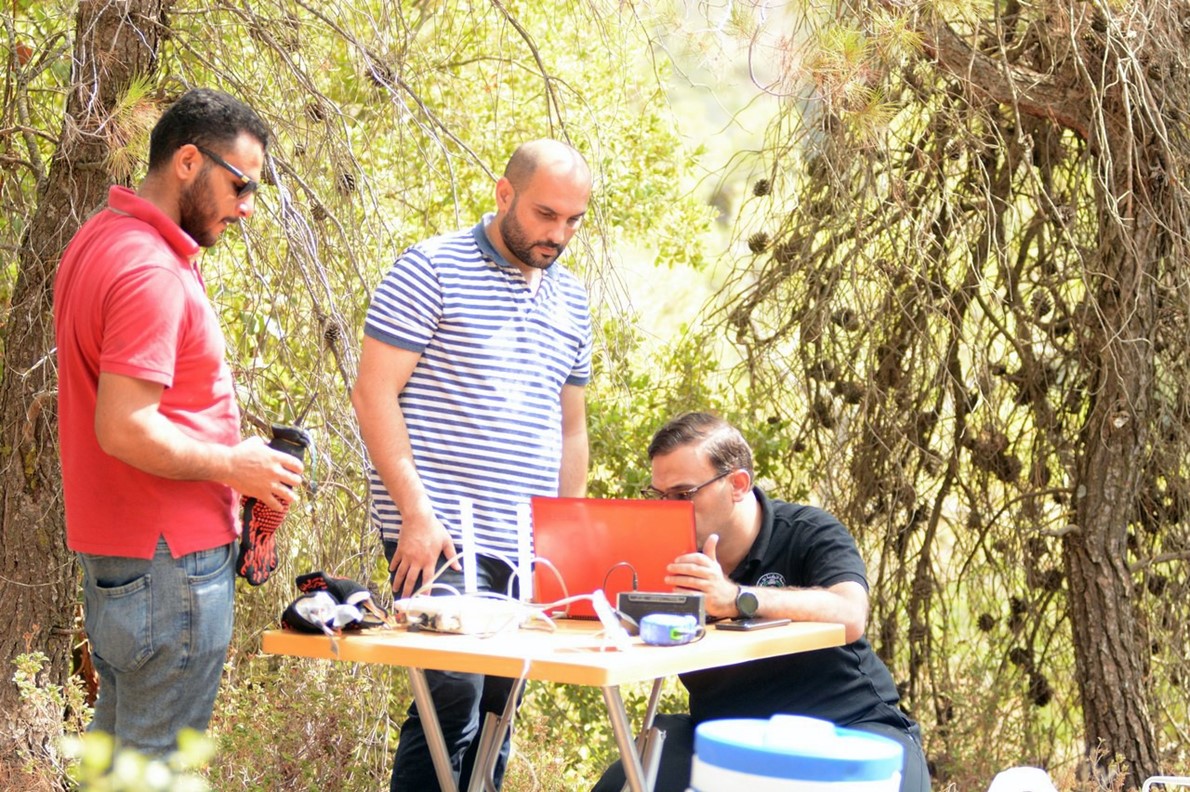AMMAN —
An initial experiment on early fire-detection was conducted in the plantations
of Barqash in
Ajloun, a project prepared by researchers Ahmad Al-Khatib and
Khalid Jaber to control fires and detect them before they spread.
اضافة اعلان
Entitled a
“system for detecting, predicting and monitoring forest fires using wireless
sensor networks and machine learning,” the scientific project was sponsored and
funded by
Al-Zaytoonah University.
Members of the
Civil Defense Department and the Ministry of Agriculture attended the
demonstration.

Khatib, a
Zaytoonah associate professor in Telecommunication and Network Engineering,
said the experiment is “based on using temperature and humidity sensors to
monitor and record changes in the environment.”
“The project is
designed to deal with fires, which break out in inaccessible areas,” he said.
“The fires are discovered late, after they’ve spread and engulfed other areas.”
He told
Jordan
News that the sensors will “help us control the fire at its ignition
point,” and help reduce the effort to extinguish it.
Behavioral
analysis is another goal, which the project aims to achieve, according to
Khatib. “Normally, there is a certain behavior to the fire, and the sensors
help us determine the direction in which the fire is spreading, its speed in a
certain place, and the source of ignition,” he explained.
He pointed out
that the process requires mapping out a plan with firefighters and relevant
authorities to help prevent damages before they occur, especially if the fire
moves towards inhabited areas.
Additionally, he
said: “Our system will predict when and where a fire is going to ignite, based
on the readings and algorithms the parameters receive, for example, by
estimating the fire’s timing two hours in advance.”

“Fire prediction
is purely based on the natural reasons that cause a fire, unlike when it is
caused by intentional or unintentional human actions, such as camping,” Khatib
said.
The Chandler
Burning Index is used in the “parameters in our system” to calculate a
numerical index of fire danger through temperature and relative humidity,
Khatib noted.
He explained that
the temperature and humidity values at which the sensors work depend on the
weather.
“When we
conducted the initial experiment, the threshold value was 95°C, but then we
discovered that it was relatively high because the fire’s speed was very high,
so now we have to lower the threshold,” he added.
Khatib also
pointed out to the connection between humidity and temperature, saying “when
the humidity value increases, the temperature decreases”.
“During the
experiment, and amidst the fire, and a temperature recorded was 95°C, while
humidity was recorded at 9 percent,” he said.

Khatib also
indicated that the sensors were installed at different distances in the Barqash
forests, ranging from 2–15m, adding that “installing the sensors depends on the
degree of the fire danger in the place.”
“It is okay to
distance one sensor from the other at 50m, but the distance should be decreased
when the fire danger is near a populated place,” he added.
Khatib revealed
that the initial cost of the experiment was JD10,000, hoping for the upcoming
experience to constitute the pre-final or a final stage.
He thanked the
Civil Defense Department and the Agriculture Department in Ajloun for their
relentless efforts and help to conduct the experiment.
Khatib noted that
they were very cooperative and viewed the project as an “interesting and promising”
idea.
Jaber, the other
researcher in the project, is an associate professor of computer science. He
said he was “very satisfied with the project, hoping for the next stage to be
the final one.”
Jaber said that
his work on the project was on an equal basis with Khatib, but explained that
his role focused on programming.
He also pointed
out that “the significance of the project stemmed from the spread of fires
around the world in general and in Jordan in particular.”

“We are still
working on the system’s parameters as they do not have international standard
readings yet,” he noted.
Moreover, he
confirmed that the project will come to an end with flying colors, with “a
little bit of research and more experiments.”
He said that
artificial intelligence will soon be used on the system to help detect the
fires more efficiently.
Some devices used in the
experiment included temperature and humidity sensors, programming devices, and
a receiver for the algorithm, among others. They were imported from Spain and
other countries, according to Jaber.
Read more Features
Jordan News



